Tag Financial Planning
How much do I need to save for retirement?

“How much to save for retirement?” Planning for retirement can be overwhelming. Many times, you may find yourself with more questions than answers. The magic number is a complex formula that depends on a combination of factors such as personal…
Your Roth Contribution Limits for 2025. Boost your tax free savings.

The Roth contribution limits for 2025 are $7,000 per person, with an additional $1,000 catch-up contribution for people who are 50 or older. There is no change from 2024. Roth IRA income limits for 2025 Roth IRA contribution limits for…
Know Your Tax Bracket in 2025

Understanding your tax brackets for 2025 is crucial in managing your finances effectively and ensuring you make the most of your income. Tax brackets determine the rate at which your income is taxed, and knowing where you fall can help…
8 reasons to open a solo 401k plan
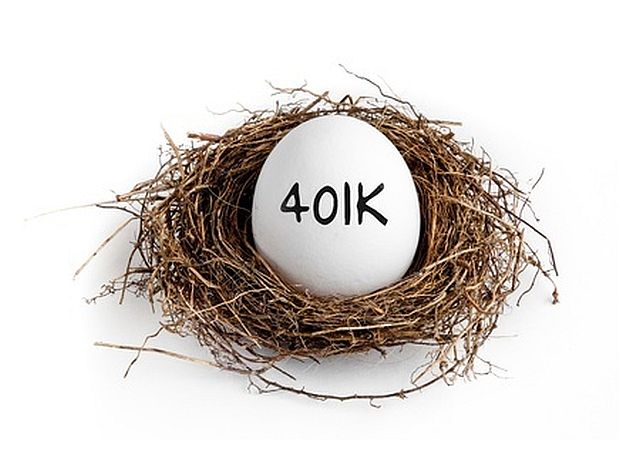
Updated for 2024 What is a solo 401k plan? The solo 401k plan is a powerful tool for entrepreneurs to save money for retirement and reduce their current tax bill. These plans are often ignored and overshadowed by the more…
Know your tax brackets for 2024

There are seven federal tax brackets for the 2024 tax year: 10%, 12%, 22%, 24%, 32%, 35%, and 37%. Every year, the IRS modifies the tax brackets for inflation. Your specific bracket depends on your taxable income and filing status.…
Know your tax brackets for 2023
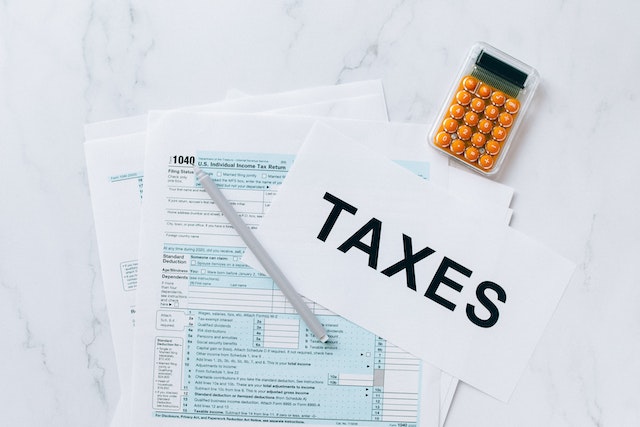
There are seven federal tax brackets for the 2023 tax year: 10%, 12%, 22%, 24%, 32%, 35%, and 37%. Every year the IRS modifies the tax brackets for inflation. Your specific bracket depends on your taxable income and filing status.…
Roth IRA and why you probably need one – Updated for 2022

Roth IRA is a tax-exempt investment account that allows you to make after-tax contributions to save for retirement. The Roth IRA has a tax-free status. It is a great way to save for retirement and meet your financial goals without…
Tax brackets for 2022
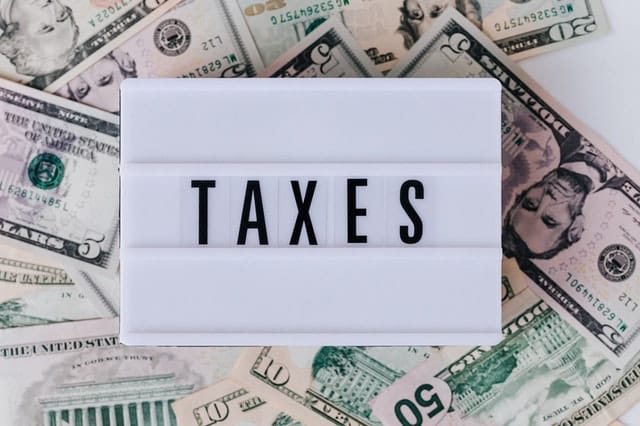
There are seven federal tax brackets for the 2022 tax year: 10%, 12%, 22%, 24%, 32%, 35% and 37%. Every year the IRS modifies the tax brackets for inflation. Your specific bracket depends on your taxable income and filing status.…
Choosing between RSUs and stock options in your job offer

RSUs and stock options are the most popular equity compensation forms by both early-stage start-ups and established companies. If you receive equity compensation from your employer, there is a good chance that you own a combination of different equity grants.…
Achieving tax alpha and higher after tax returns on your investments
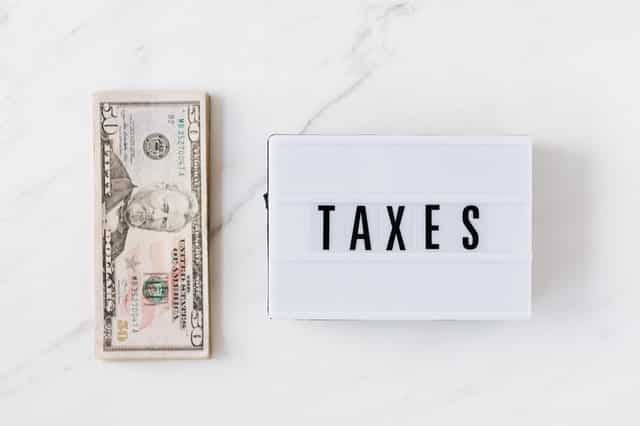
What is tax alpha? Tax Alpha is the ability to achieve an additional return on your investments by taking advantage of a wide range of tax strategies as part of your comprehensive wealth management and financial planning. As you know,…
5 reasons to leave your robo-advisor and work with a real person

Robo-advisors have grown in popularity in the last 10 years, offering easy and inexpensive access to professional investment management with human interaction. Firms like Vanguard, Betterment, Personal Capital, and Wealth Front use online tools and algorithms to build and manage…
Effective Roth Conversion Strategies for Tax-Free Growth

Roth conversion of your tax-deferred retirement savings can be a brilliant move. Learn the must-know rules and tax implications of Roth Conversion before you decide if it is right for you. What is a Roth Conversion? Roth Conversion is the…
Successful strategies for (NOT) timing the stock market

Timing the stock market is an enticing idea for many investors. However, even experienced investment professionals find it nearly impossible to predict the daily market swings, instant sector rotations, and ever-changing investors’ sentiments. The notion that you can perfectly sell…
15 Costly retirement mistakes

15 Costly retirement mistakes… Retirement is a major milestone for many Americans. Retiring marks the end of your working life and the beginning of a new chapter. As a financial advisor, I help my clients avoid mistakes and retire with…
Preparing for retirement during coronavirus

Are you preparing for retirement during the coronavirus crisis? Many professionals who are planning to retire in 2020 and beyond are facing unique challenges and circumstances. Probably your investment portfolio took a hit in February and March. Maybe your job…
How to Survive the next Market Downturn

Everything you need to know about surviving the next market downturn: we are in the longest bull market in US history. After more than a decade of record-high stock returns, many investors are wondering if there is another market downturn…
The biggest risks for your retirement savings
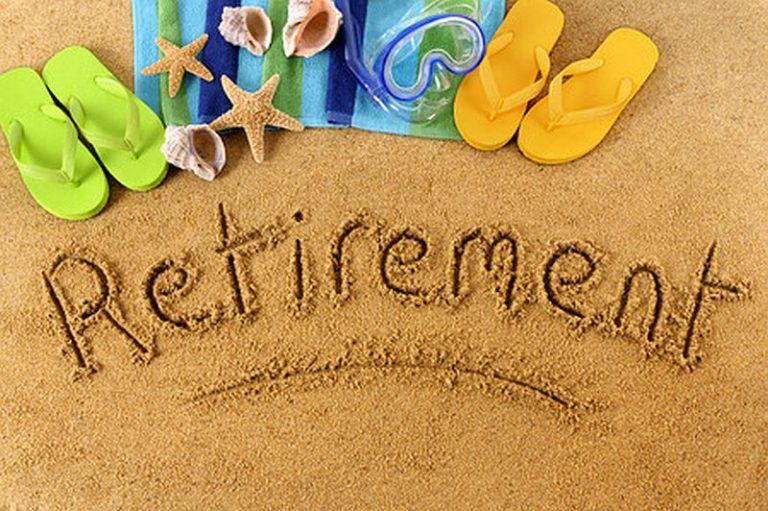
Whether you are just starting your career or about to retire, you need to understand the risks you are facing when you plan for your future retirement. Most experts recommend that you should aim to replace about 80% of work…
The Smart Way to Manage Your Sudden Wealth

Getting rich is the dream of many people. When your sudden wealth becomes a reality, you need to be ready for the new responsibilities and challenges. As someone experienced in helping my clients manage their sudden wealth, I want to…
A financial checklist for young families

A financial checklist for young families…..Many of my clients are young families looking for help to build their wealth and improve their finances. We typically discuss a broad range of topics from buying a house, saving for retirement, savings for…
Market Outlook October 2018

Overview The US stock market was on an absolute tear this summer. S&P 500 went up by 7.65% and completed its best 3rd quarter since 2013. Despite the February correction, the US stocks managed to recover from the 10% drop. All…
Contact Us

